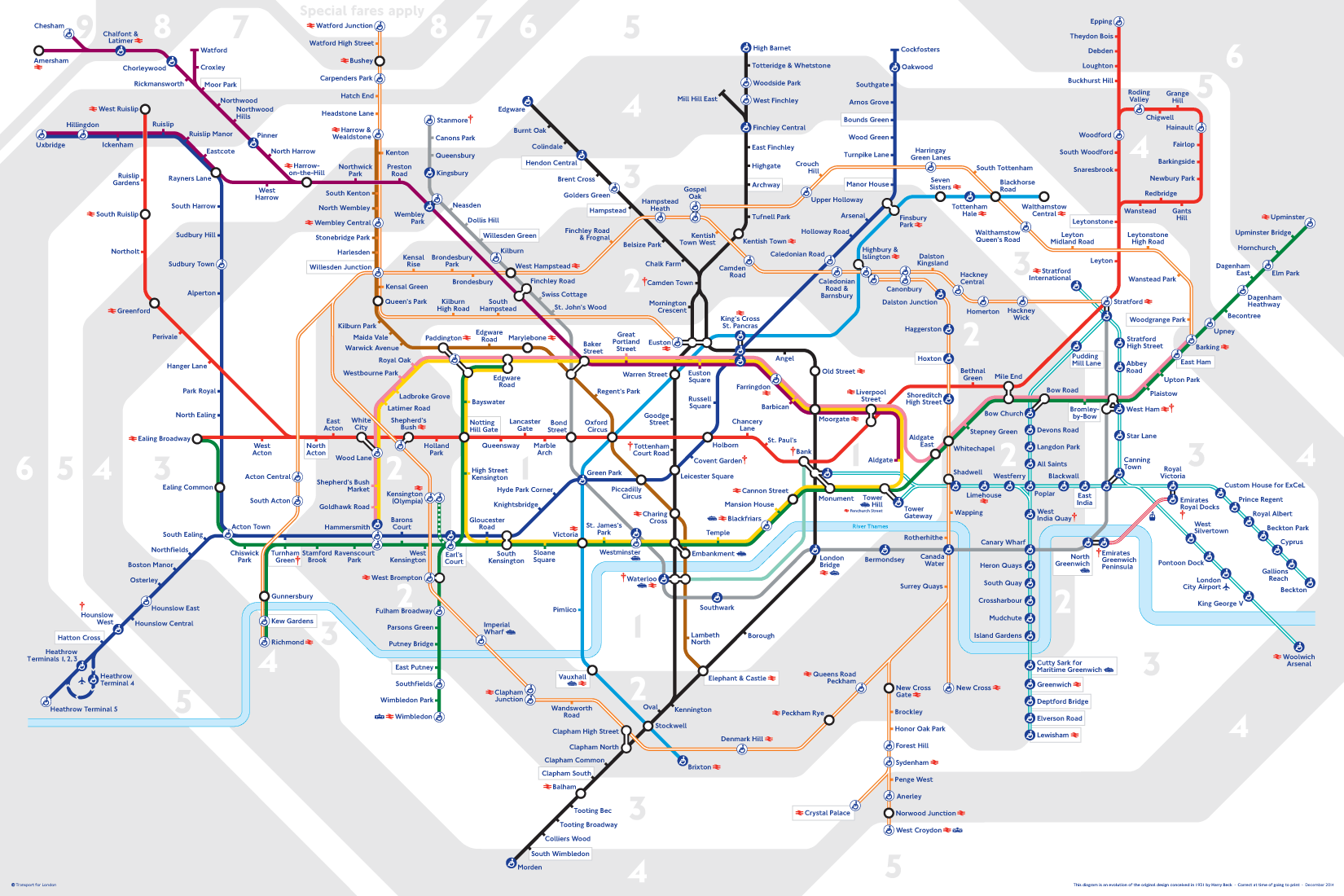The London Underground, affectionately known as the Tube, stands as a pioneering icon of urban transportation, with a rich history dating back over 150 years. Born from the pressing need to alleviate the congestion of London's bustling streets during the 19th century, the Underground represents a triumph of engineering and innovation.
In 1863, the Metropolitan Railway, the world's first underground railway, opened its doors, ushering in a new era of subterranean travel. Its steam-powered trains ferried passengers along a stretch of track between Paddington and Farringdon, providing a swift and efficient alternative to horse-drawn carriages above ground.
Over the decades that followed, the Underground network expanded rapidly, with new lines and stations sprouting across the city like arteries in a living organism. Electric traction replaced steam, allowing for faster, cleaner, and more reliable service, while visionary architects and designers left their mark on the system's iconic stations, blending function with elegance in their distinctive architectural styles.
The Underground played a crucial role in shaping London's growth and development, facilitating the movement of people and goods and fostering the city's expansion into the sprawling metropolis it is today. It also bore witness to the trials and tribulations of wartime, serving as a vital lifeline during both World Wars and enduring the challenges of bombings and blackout periods with resilience and fortitude.
In the modern era, the London Underground continues to evolve, embracing technological advancements and innovations to meet the changing needs of its millions of passengers. From the iconic roundel symbol to the distinctive map designed by Harry Beck, the Tube remains an enduring symbol of London's identity and a testament to the ingenuity of human engineering.




